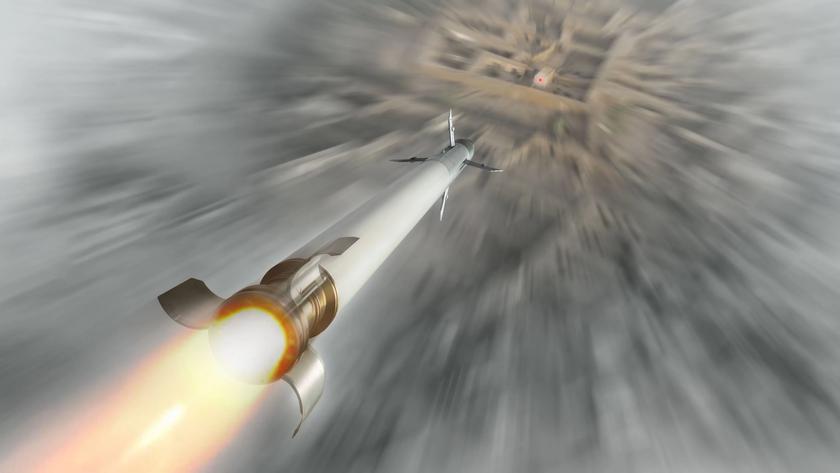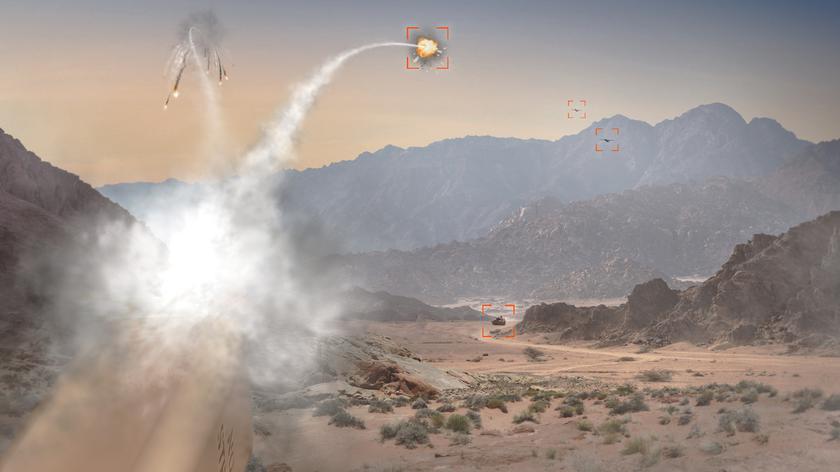
The United States will provide Ukraine with experimental laser-guided missile systems to destroy Shahed-136 kamikaze drones
The Armed Forces of Ukraine will receive missiles from the United States to combat Russian unmanned aerial vehicles made in Iran. These are Shahed-136 kamikaze drones.
The day before, the US Department of Defense published information about new military aid packages for Ukraine worth $2.1 billion and $500 million. The list includes 10 mobile laser-guided missile systems. They were included in the military aid package after the U.S. Army was looking for a system to combat Shahed-136 kamikaze drones in January.
SAIC participated in the competition. A representative of the defense contractor confirmed to Defense One that the 10 mobile missile systems included in the military aid package are SAIC’s designs.

The Russian military uses Shahed-136 drones to strike not only military targets but also civilian infrastructure. The cost of one drone is $20,000, but sometimes missiles costing $500,000 have to be used for destruction.
Contract documents provided by the US Army state that the service needs a system to destroy drones weighing 25 kg or more. The Shahed-136 weighs about 200 kg. It is also stated that the development should be ready to be shipped to foreign partners within 30-90 days from the date of the contract. In addition, the systems can be paid for from the funds to finance security assistance to Ukraine.
In the January tests, SAIC used BAE Systems’ APKWS laser-guided missiles. The tests demonstrated 100 percent accuracy of the weapon. Greg Fortier, one of the vice presidents of the American company, noted that the cost of the missile is less than $30,000.
The complex includes an M240 machine gun and an electronic warfare system capable of taking control of any civilian drone, including DJI quadcopters. According to Fortier, SAIC’s development was able to detect the drone at a distance of almost 10 km and destroyed it at a distance of about 5 km, with a permissible distance of 2 km.

